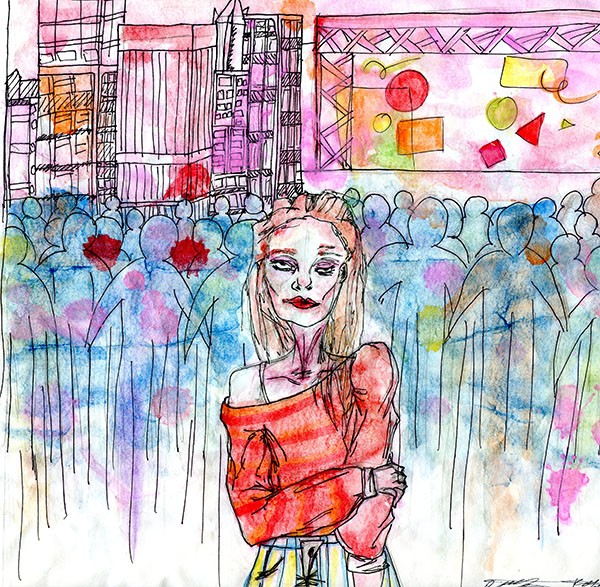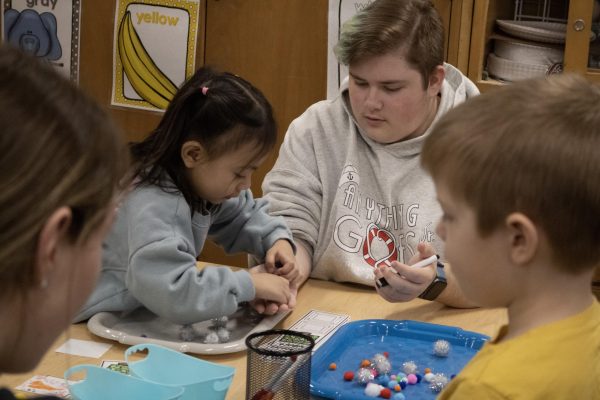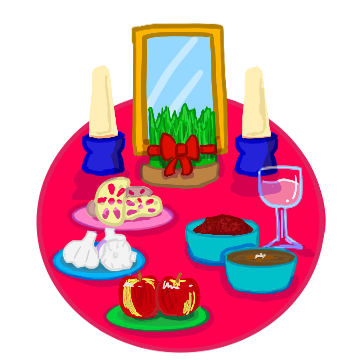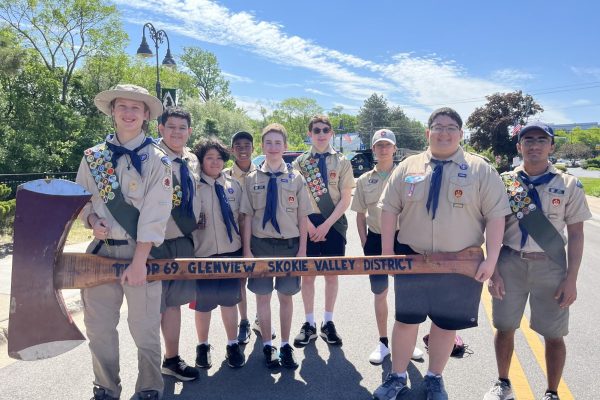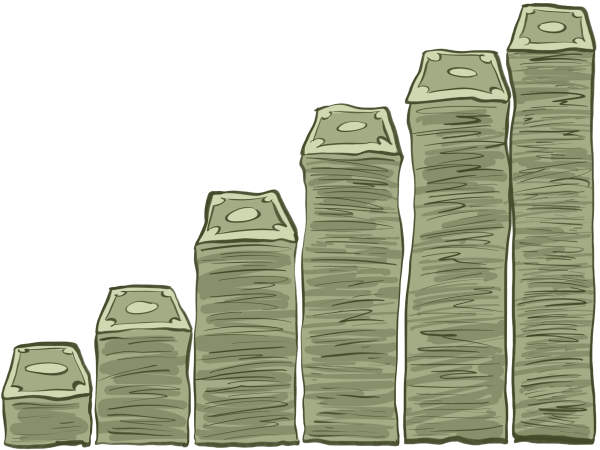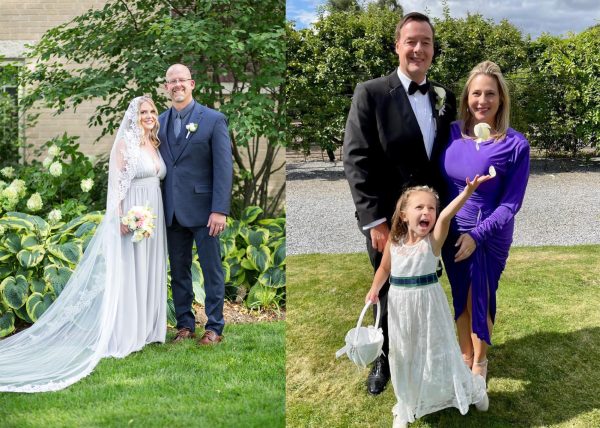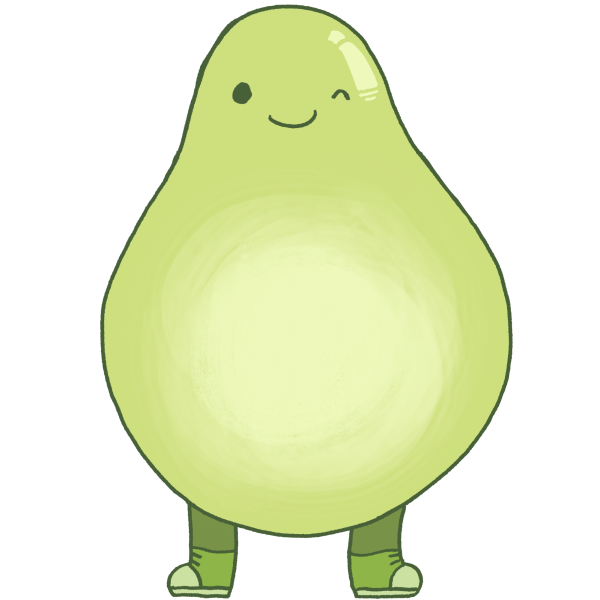Caught up in Lolla-Land: Substance use proves prevalent at music festivals among minors
September 28, 2018
Standing in line for Lollapalooza, senior Rachel Anderson* opens her fanny-pack to allow security to look inside. She isn’t worried; for many, security bag checks will not prevent substance use at this festival. According to Anderson, it’s not hard to sneak in alcohol or drugs. In fact—there are intoxicated people at every turn, though the festival prohibits “drugs or drug paraphernalia, illegal substances of any kind, cigarettes, E-Cigs and vaping devices,” according to lollapalooza.com.
For many, the drug free policy is not effective. Instead, the environment of Lollapalooza lends itself strongly to drug and alcohol use, even among minors. Senior Rebecca Simpson* explains that the EDM stage often leads to a particularly rowdy crowd; for her, it’s the “perfect scene” for drugs like Molly/Ecstasy and LSD. Simpson believes that this crowd is more intent on the music than judgement upon others, which, in addition to the fast-paced music and dancing, allows for a suitable situation to delve in drug use.
“It’s like everything [at Lolla] is super blown up,” Simpson said. “You have lights everywhere, you have fire going off, security guards spraying water everywhere, there’s mosh pits, people fighting, people dancing, people making out, and there’s just so much happening and while it may be public, it’s also like everybody’s just kind of doing their own thing. The music itself is just perfect. It works with the human body. It’s kind of cathartic, I would say. You can’t help but feel the music.”
Lollapalooza has a reputation for being an event that hosts drug and alcohol use, according to Anderson. She illustrates how these behaviors are both accepted and expected, as many unsupervised teenagers are in attendance and because a certain attitude has been developed around these types of events where people feel more comfortable partaking in illegal activities, despite their public occurrences.
“At Lollapalooza I felt okay smoking [marijuana] in public,” Anderson said. “I feel like it’s a lot different at Lollapalooza because something happened and my friend just drank a whole bottle of [alcohol] right in front of the security guards before we got into the festival and the security guards didn’t do anything. That’s a good example of how there’s a culture of not caring, or there’s no risk at music festivals.”
David Hartman, school social worker, notes that lessened perception of risk often puts minors in dangerous situations. While Hartman considers physical harm to be the greatest risk in any decision to do drugs or drink, he estimates that students are more often concerned with legal repercussions. This can sometimes lead minors to ignore risks such as getting hurt or lost, buying drugs from unreliable sources, overdosing or even becoming more susceptible to assault.
“The other complicated factor to me is that I think kids are more willing to do more things at these types of events- it’s almost like this is an opportunity to go above and beyond in some way,” Hartman said. “It’s an opportunity to take a bigger risk because of the social environment and that’s also really dangerous because, as adolescents, we’re already programmed to push boundaries, so if you’re going to jump way behind that boundary and take that level of risk, then the consequences are that much more elevated.”
Alum Kyle Coleman*, who tried Molly for the first time at Lollapalooza, felt comfortable trying this drug because of the openness of the venue and because he was surrounded by trusted friends. He regards this drug use as a positive experience, asserting that he gained a newfound respect for EDM music through it. Though he acknowledges the risks attached with these actions, like the possibility of laced drugs, the heat or the crowd, ultimately, he believes reward outweighs the risk.
“I think for me it wasn’t so much a question of the risk, it was a question of the experience,” Coleman said. “You could do [drugs] at home, but it’s more so about the combination of the atmosphere or seeing your favorite music group and combining that with drug use that is more appealing to people than doing it at home. In terms of the risk, there’s probably a higher risk doing it [at a music festival], but the experience outweighs the risk.”
Additionally, Anderson and Simpson agree that music plays into the prevalence of substance use at Lollapalooza, as music, because of its social aspects, is often paired with drugs. English Teacher Joel Schafer, who has been a musician for 13 years, notes that this relationship may exist because music is often experienced passively, which allows listeners to multitask by using drugs or alcohol.
“An environment where music is listened to as a passive experience is one that leads to people being stagnant and bored, and as the old saying goes, ‘Idle hands are the devil’s playground,’” Schafer said. “Instead, music has become an expectation for almost all situations rather than the focal point of any single one. We hear music so much and so often that it loses its magic and we lose our ability to see it as something special, so then people are convinced by others that drugs will make things better, which is honestly lazy and untrue.”
William McInerney, Test Center supervisor, has been a musician since 7th grade. McInerney believes the connection between drugs and music was most greatly formed following the 60’s because youth culture was also emphasized during this time through protest and social expression among younger generations. Technological advancements, like radio and television, also contributed to music’s new impact, as television gave music a new visual life to exist in. He agrees with Schafer, believing the relationship between drugs and music most strongly exists due to social reasons.
“The connection is there, purely in a social way,” McInerney said. “I don’t think there’s any innate connection between music and drugs. I think part of that has to do with the way that people consume music. Back in the swing era, the jazz era, people went to go see bands play at ballrooms and speakeasies, things like that: this was the soundtrack for good times. In those types of atmospheres, people’s inhibitions are lowered and music, to a certain degree, the creative world is meant to be about that, about expressing yourself in an uninhibited way, and I think something about that invites in this drug element.”
Additionally, there is the undeniable influence of the musician, who may or may not be advocating for drug use, according to McInerney. He explains how the Grateful Dead hosted acid parties, where audience members and band members alike would take LSD, while the band provided the soundtrack for their experience. Schafer adds that the persona of any performer contributes to the influence on the audience.
“I think there’s also this tradition of the tortured artist that everyone talks about, starting with Beethoven- probably the first example in the Western Cannon- all the way up to the example I grew up [with], Kurt Cobain,” Schafer said. “Now it’s just like every SoundCloud rapper, ever. They all have this tortured artist, woe is me kind of way of living, that may or may not be true, and I think that people are quick to replicate that because they are our heroes. I think that comes down to even replicating drug use.”
Furthermore, McInerney and Schafer agree that there is not one genre of music that is most directly related with drugs most. While some genres may lend themselves to a wilder crowd or a rowdier concert experience, Schafer theorizes that the most popular genre of the time will host the drug use, because drug use is coming from people who are using music as a vehicle to foster their own drug use.
“Right now, arguably the most popular genre, pretty much in the world is hip-hop, so that’s where you hear most of those references,” Schafer said. “That’s where most of it circles around. You go back to the 90’s, when it was grunge, and the heroin epidemic, it was that. You go further to 80’s hair metal, it was alcoholism and cocaine. You go further back to the psychedelic, it was LSD and other hallucinogens and things like that.”
Hartman notes that one major difference between the relationship between drugs and music today and in the past is the potency of drugs: in 1995, marijuana was 4% THC (an active ingredient in marijuana), but today, it is closer to 9-10%, while dabbing (smoking highly condensed THC oil) is 80% THC. While Hartman does not believe the relationship between drugs and music has changed, he does believe drugs have changed, possibly contributing to increased risk at festivals or concerts.
Senior Michele Palmer* explains that many students, through social media, use Lollapalooza as an opportunity to broadcast their drug use. It seems like the generation as a whole is trying to prove that they can get away with underage drinking and drugs, says Palmer.
“People are still at that stage where they think that it’s funny, that it’s fun, because everybody else does it, that means it’s okay,” Palmer said. “ If you go [to Lollapalooza] sober, people are like, ‘What? You’re not going to have fun if you’re sober because you’re not on the same level as everybody else.’ So, there is definitely that idea and Lollapalooza is held as the go-to place to go drink, go use drugs, and just have fun, when in reality, it’s just go to put yourself in danger and look stupid.”
*Names have been changed



